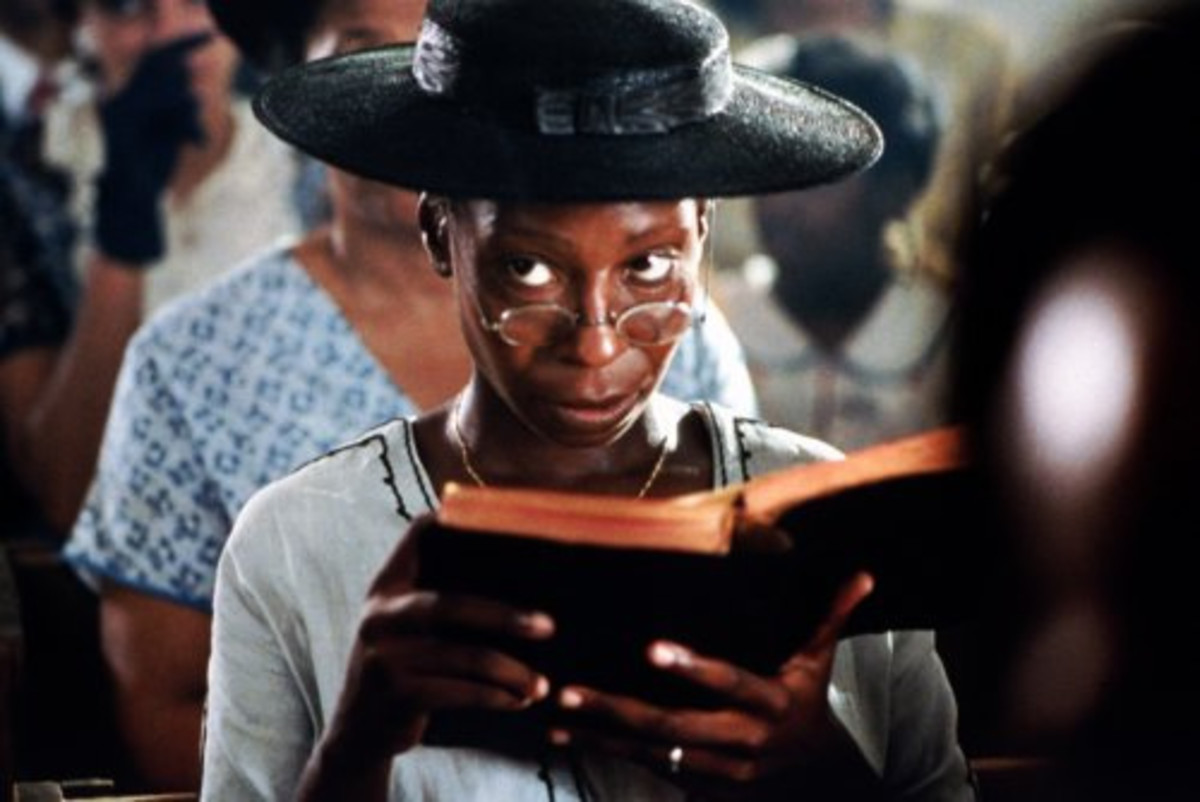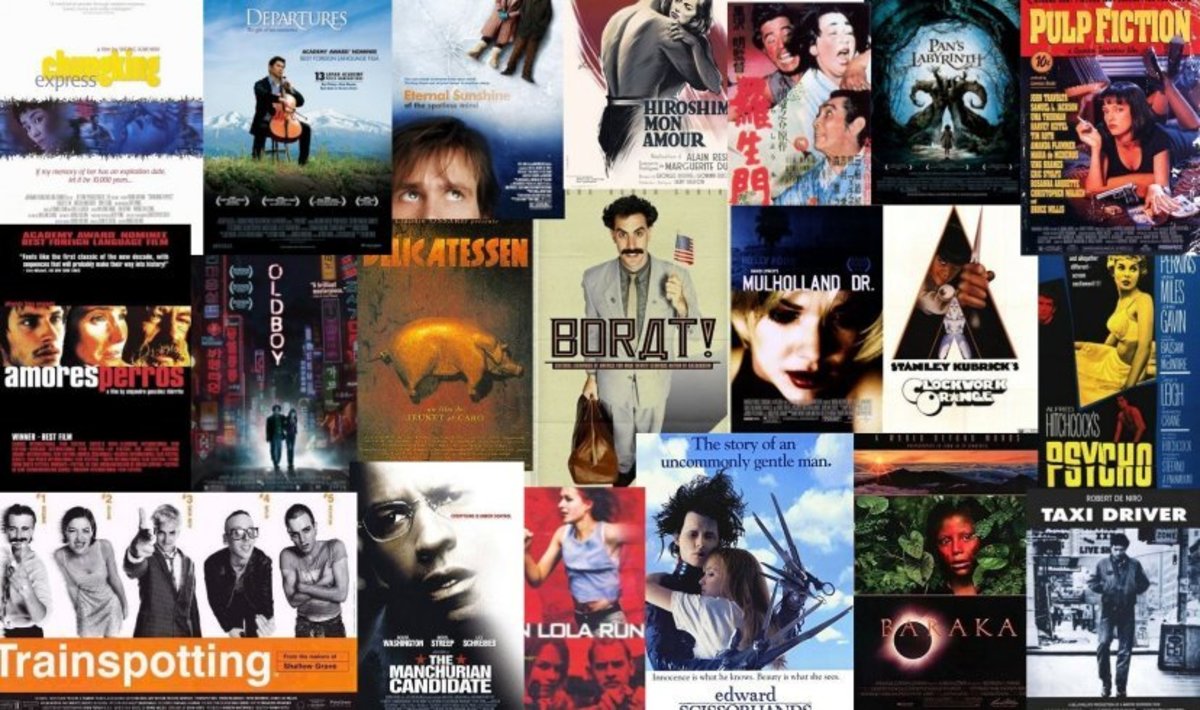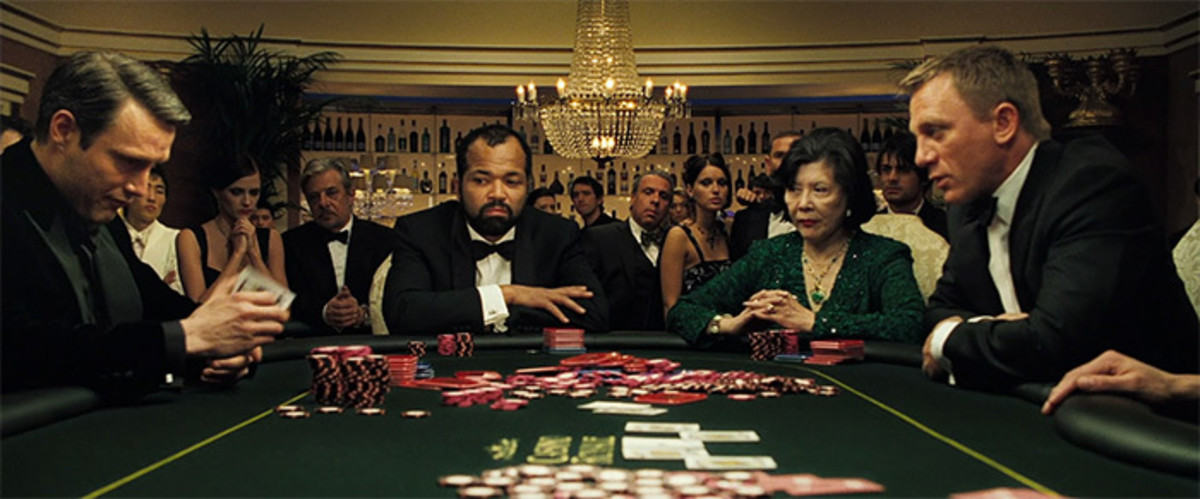Projected Thoughts: Absence and Presence, Attempting to Scope "A Ghost Story"
What Is a Film About?
It may seem a simple question. The simplicity of the question and its answer may say a bit about one's taste in films. But there are some standards often turned to when considering such a thing.
- Even today linearity/continuity in narrative or story (in the Forster sense of a sequence of events) is a common aboutness.
- Sometimes it seems the essential scope of a film is one or more central characters.
- And in the absence of these some focal theme often takes shape.
A Ghost Story defies the first two in sometimes significant ways. And the last, while present, is complex and shifty, as we'll see.

With the Circle Goes the Line
So, what was that text You just experienced?
Natalya Behkta in "Reading experimental literature: unreadability, discomfort and reading strategies," the first chapter of Reading Today, says that one measure of readability is how effectively the reader/experiencer can narrativize the text they've encountered. Others writing on the subject of readability have echoed this concise concept.
And of course one way to narrativize something is to recount: this happened, then this happened, then this, and so. Postmodern texts are known for employing fragmentation and otherwise destabilizing linearity and continuity. A Ghost Story does this by generating the semblance of a circle. The film literally re-presents its beginning, in a sense, at around one hour and twenty minutes into the film. This will be revealed as a complicated return when we examine character. Yet, the replaying of seemingly familiar, earlier events dismisses our inclination that this is a beginning, middle, and end sort of text.
So, we may say the film is not about the linear movement through a story, as Forster's concept of movement fores. Though we might resort to a meta-narrative of this being about the repetition of beginnings, middles, and ends. This resort to meta is employed with a slightly different focus later, though as will see when discussing character the progression of events does not seem to be the prominent aspect of A Ghost Story.
Then Is This the Tale of a Character?
If Forster's story is not the focus of this film, perhaps we can find the center in a central character?
Let's see.

Let's Look at Whom?
While I'm not stalking Matt Seitz, I reference his reviews of films from time to time. I find his comments to be rather sharp and thoughtful generally. In this instance, I'm going to use his comments as a jumping off point to counter though.
"This tale of a man who dies young and lingers around the property where he and his wife once lived is bound to be one of the most divisive films of the year." (Matt Seitz writing about A Ghost Story for Roger Ebert dot Com)
So, I certainly agree with his overall rating that the film is a quality one. But I think his surmising is a surface glance rather than a considered reading of the film. There are moments that seem to support Seitz's statement. There are implications of a continuity to the character played by Casey Affleck engaged with the character played by Rooney Mara. The character played by Casey Affleck's body is covered by the character played by Rooney Mara's body after the car accident. The sheet sits up and moves from the place where Affleck's character was and then goes to the house where the character played by Rooney Mara has returned. And in the possible re-presentation of the beginning, it is again characters played by Casey Affleck and Rooney Mara who enact those similar actions. Yet, there are reasons to consider this film as being about something other than a single central character.
We'll be considering two elements in the reading of the text: essentialism and existentialist identity. When Casey Affleck's character dies in the car accident, is it still that character? While this might seem like a rhetorical point, is it them or their body, this question of essence is a significant point of meditation within the film. To dismiss the question and state it is the character's film is to ignore the depth of the text.
The presence of the sheet in the film is not simply a trope of ghostness. It is the absence of the character, not only cloaking or erasure of the previous identity, but the constitution of a new one. It is the performance and presence of ghostness. This is further reified by the distinguishing identity performed by the sheet of the neighboring ghost. In this differentiation among ghosts the identity of ghost is further solidified as distinct from the character the ghosts were previously.
Before Arriving at a Fitting Scope We Must Return
Was that re-presentation of the beginning a re-presentation, or what?
Return to the Re-Presentation of the Beginning
If the above thresholds of distinction above regarding where one character is present and where they are absent were not sufficient, let's return to the possible re-presentation of the beginning.
At approximately one hour and twenty minutes, the ghost stands in the room with the character Casey Affleck now plays. So, while the events and setting seem to us the same, which generates the semblance of the circle mentioned earlier, there is an indicator of linearity. And it can be argued that if time has passed linearly, as the presence of both the ghost and the character implies, this ghost is not the same character Casey Affleck played at the beginning. This further diminishes a reading of the film being about a central character and undermines our illusion of a return to the beginning. Notably, this re-introduces the idea of a focus on the concept of linearity.
But this representation of distinction does not stop there, by around the one hour and twenty-six minute mark there are two ghosts standing in the living room being ghosts, watching the character Rooney Mara is now playing leave. At this point the proposition that this is a single central character's film seems difficult to accommodate at best. This additional layering would further complicate narrativizing the text in terms of linear story as it implicates at least three cycles and leaves open the possibility of repeating until the world collapses. So, at this level an attempt at narrativizing would likely appeal to a meta-narrativization as mentioned earlier.
There are some who may be inclined to invoke the idea of multiple dimensions. And while such a world (or worlds) presents fascinating opportunity for an examination of what it is to be oneself and if there are genuinely other selves or only multiple similar individuals this film provides something like a frame to exclude such considerations. An internal address of defining such a web as the one this film so finely weaves is not necessary from my perspective, but it does seem to serve Lowery's film, in my reading.
As we've seen in the unfolding of events and the presence of characters the movement, an illusion in the medium of film, through time seems to be a reliable representation, at least by the measure of our understanding of time. The presence of multiple ghosts is one enumerator of the passage through iterations. The conversation, or perhaps lecture is a better word, around the table at the party, which occurs approximately one hour in is another crux of interpretation. While many things are mentioned two things are heightened. One is the significance and passing of time, despite the cyclical patterns of civilization. The other is the dismissal of the immortal beloved.
So, it seems to read this film as returning to its beginning in a circular rather than cyclical way we would need to diminish much of what we've come to hold as significant in terms of identity. We would also have to dismiss the internal understanding of the world which is presented as authoritative.
In regard to the immortal beloved the text opens questions more than guides a reading. The ghost's sustained interest in the note Rooney Mara's character leaves in the door jam is part of what generates our experience of continuity, or gestalt, between the character played by Casey Affleck and the ghost. The complicated reality of a love or will being immortal, in a sense, and lending the individual some immortality in so much as they identify with the will, is another compelling point of meditation within the film. But again, this deconstructs the notions of the story and the character being the focal point.
Single from "A Ghost Story"
Seemingly Complex is Expanded to Simplicity
Because of the contradictory and exclusive qualities of these significant elements, within common frameworks of understanding, resorting to a broad reading seems a solid choice.
As Gertrude Stein said, " After all the natural way to count is not that one and one make two but to go on counting by one and one and one." (American Salons: Encounters with European Modernism, 1885-1917 by Robert M. Crunden)
What seems certain is that A Ghost Story is a contemplative meditation, one that might be considered in terms of a meta-narrative of presence and absence, which interrogates many prominent and fundamental assumptions. The presence of an individual, the presence of an action, the absence of a character, the absence of moment, the presence of a will and the absence of an understanding. And as occurs the search for release and the motivation of its absence.
It's certainly worth a watch, if You care to give it thought.








